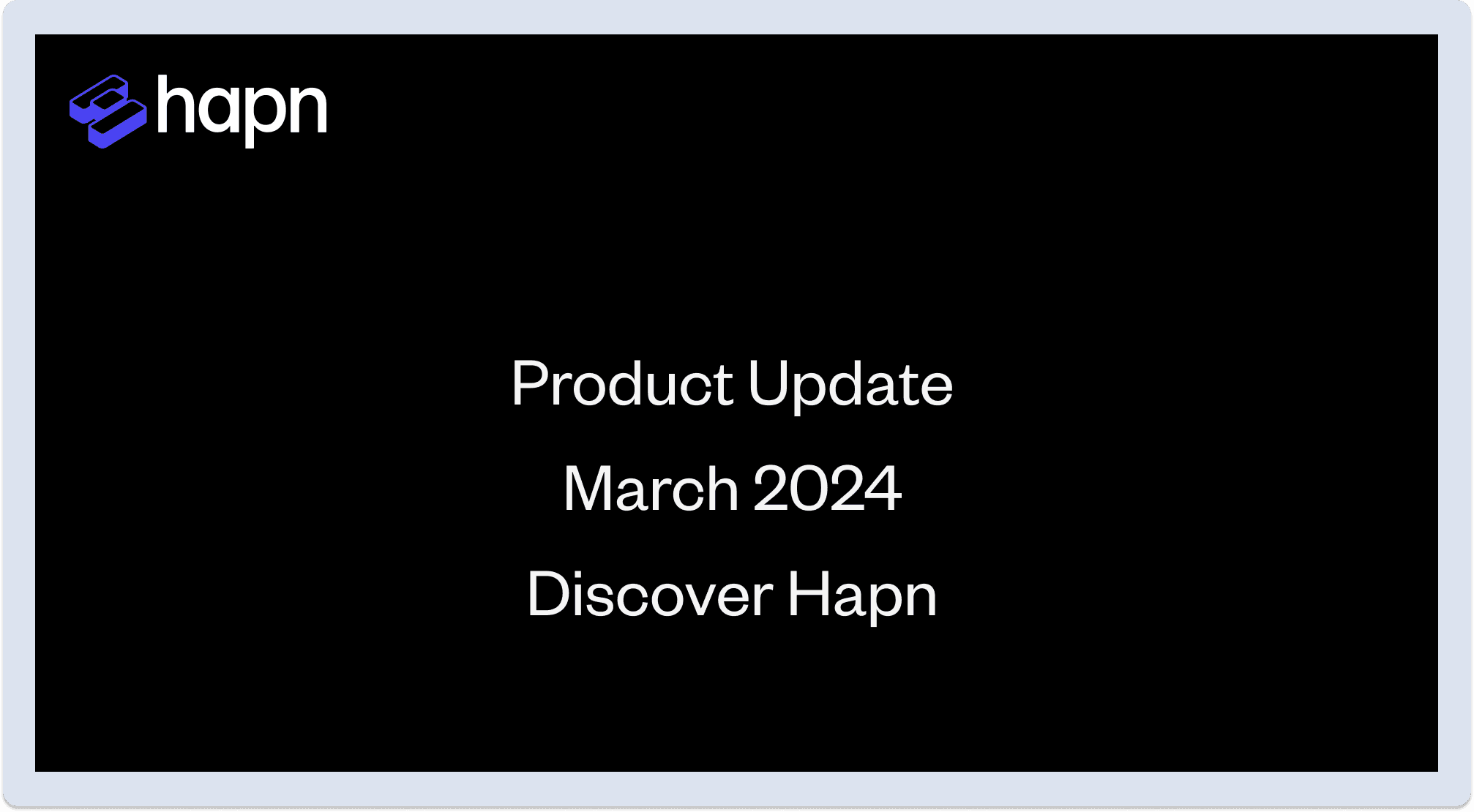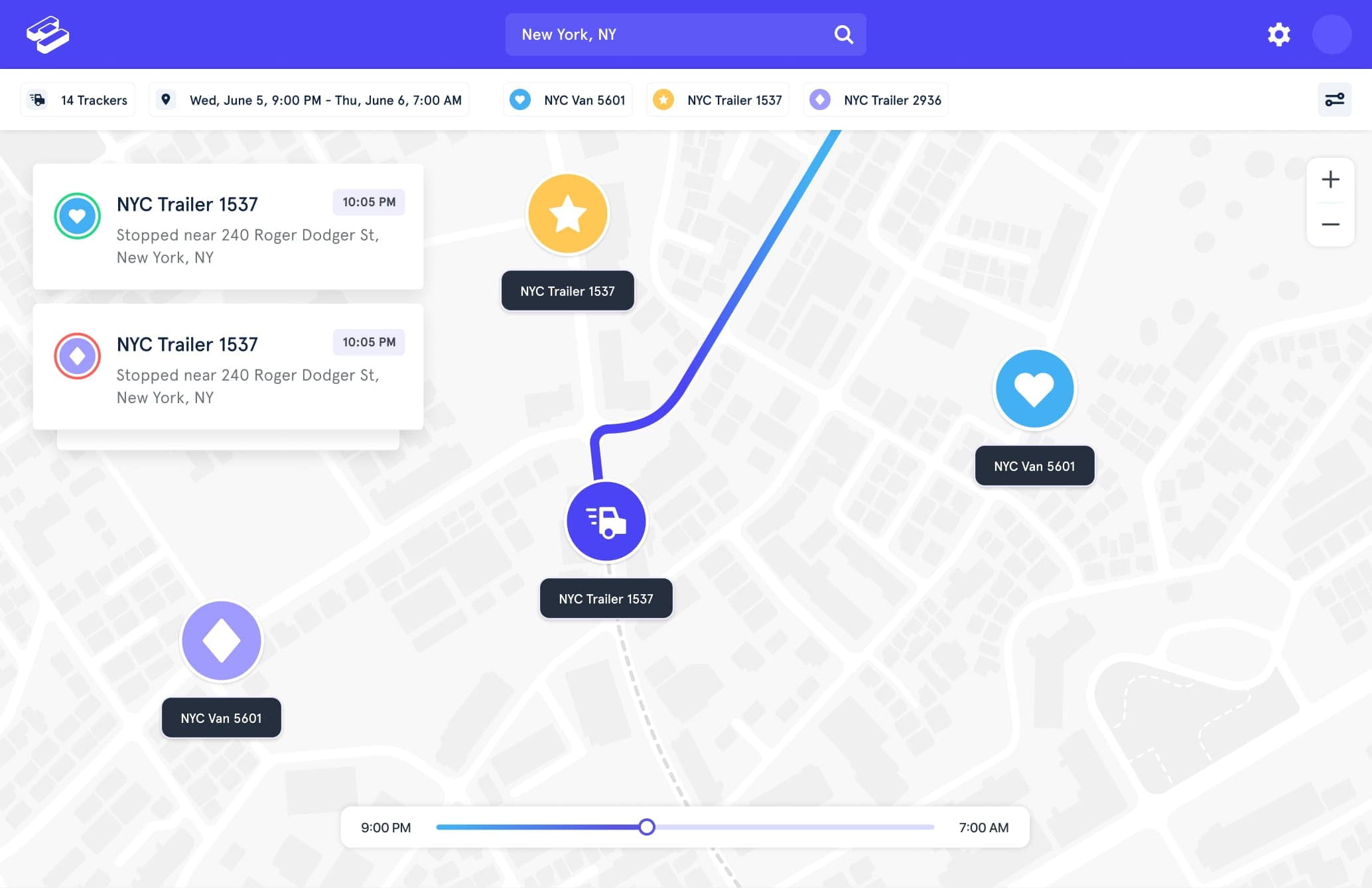There’s more to operating a rental equipment company than having a great selection of machinery and tools. It comes down to knowing how to keep track of this rental equipment. Effective management lets you know where your equipment is located, ensure it’s in good condition, and maximize usage. These are essential characteristics of a successful rental equipment operation.
And rental equipment is big business. In 2021, the industry generated $47.8 billion in revenue in the U.S., reports Statista. This market is projected to grow to $59.5 billion by 2024. The biggest player is Connecticut-based United Rentals, which has a 16% share of the U.S., more than $9.5 billion in revenue for 2021.
Your piece of the rental equipment pie probably isn’t that large, but maintaining your slice (or making it larger) depends on how you track your rental equipment. With this in mind, we’ve compiled a comprehensive guide that covers strategies for effective equipment tracking, identifies common challenges, and reviews what you need to take this monitoring to the next level.
Reviewing these steps can help simplify the complex world of rental equipment management. In addition to exploring equipment tracking, we’ll also touch on maintenance, customer notifications, and other essential activities. It all adds to an efficient system that ensures your equipment is ready for use while helping enhance efficiency and profitability.
Whether your company rents construction machinery, power tools, party supplies, or other gear, how you manage all of it is critical. Not only are you at risk of losing these assets but there’s the potential for unnecessary costs and damage to the business’s reputation.
Keep reading as we cover the fundamental strategies needed to track and manage your rental equipment operation and move your business forward.
The Importance of Building an Identification System to Track Rental Equipment
Tracking rental equipment begins with the system you use to keep an eye on everything. Not only are you able to track your assets, but you can monitor how this gear is used and its condition. To do this effectively, you need a viable identification system.
It all begins with labeling the equipment. It’s the first part of the tracking formula. This effort might involve a basic inventory tag with a unique item number or next-level labeling via a barcode or QR code. More advanced systems use RFID (radio frequency identification (RFID) tags or global positioning system (GPS) trackers.
There’s no right or wrong solution. The key is selecting a labeling methodology that works for your business. It must be affordable and easy to use. And it’s not usual for some rental equipment companies to use multiple approaches, depending on the equipment.
For instance, a towable diesel air compressor might have a label with a unique serial number and barcode for easy in-person tracking and a GPS tracker for remote monitoring.
"GPS allows you the visibility to seamlessly manage assets that are spread between multiple sites. You will be able to monitor location, usage and make sure rental contracts are being followed from your phone,” remarks TJ Chasteen, Project Manager for Hapn. He adds, “That kind of data empowers rental companies to make better decisions around maintenance, inventory, and more. A real game changer and a perfect marriage of powerful tech that is easy to implement.”
Deciding on a Tracking Method
The actual process of tracking your rental equipment, the second half of the equation, depends on the size of your operations. Do you only rent a handful of items to a few customers, or is rental frequency greater and spread out?
Manual tracking, like paper logs or computer spreadsheets, is one way. It’s a basic approach suitable for a small company with limited items in its rental fleet. However, relying on a pen or keyboard leaves a rental company vulnerable to incorrect or missing entries. This method also will quickly become inefficient as the business grows.
Automated tracking via dedicated rental software or equipment tracking apps is more accurate and efficient. Such platforms make it easy to manage inventory, review equipment usage, and maintain precise records. This information provides valuable insights into your company’s operations and makes it easier to spot trends and make informed business decisions.
Ideally, the best rental equipment tracking method depends on your company’s needs and resources. Using something too basic can ultimately hold your business back or, worse, cost you money.
Here’s what to look for in any rental equipment tracking system:
- Easy to use
- Reliable
- Ensures accuracy
- Scaleable
- Affordable
You may not get equal amounts of these factors in every tracking system; prioritize what matters most to your business.
Rental Equipment Inventory Basics
One key step in knowing how to keep track of rental equipment is inventorying all your company’s assets. This establishes a baseline for whatever tracking system you use. You’ll need to know what equipment you have, where it’s located, and its condition.
Begin by counting each piece of equipment and recoding its make, model, and other vital details. Ideally, you can document the dates for its acquisition, first use, maintenance work, and repair incidents. Companies that are less organized about buying rental equipment may be surprised to learn all these attributes once the information is compiled.
Once the initial inventory is complete, regular updates are necessary to keep the records accurate. Hopefully, your tracking system will also record when an item is checked out, returned, and serviced.
Periodic inventory updates should also include routine checks to ensure correct equipment usage history records. For example, if the system reports that a compressor has been returned, is it actually on-site? If not, then revisiting the accuracy of the tracking system and inventory procedure is mandatory.
Common Challenges in Rental Equipment Tracking
Being watchful about a rental equipment company’s offerings seems straightforward. However, being aware of typical issues can prevent problems before they happen.
Common challenges include misplaced equipment, inaccurate inventory records, and uncertainty about the condition of equipment. Such troubles can be costly due to lost revenue and operational inefficiencies.
For example, you may need to buy unnecessary replacements after losing track of equipment. In addition, an inaccurate inventory account can lead to overbooking rentals. This will affect the bottom line and your company’s credibility with customers. Even worse, renting out damaged or unsafe can lead to significant consequences.
But challenges are meant to be overcome. The right systems and processes can eliminate these pitfalls and ensure a smooth rental process for your business and its customers.
Sending Reminders and Alerts
While not directly related to rental equipment tracking, sending reminders and alerts is another basic part of the rental process. And there are two aspects. One involves reminding customers about their rentals; the other is when a rental company receives alerts about equipment status.
For customers, reminders ensure timely returns while preventing late fees. It’s an extra touch that enhances customer satisfaction while reminding renters about their obligations and deadlines.
For rental equipment companies, alerts serve multiple purposes. The rental firm can be updated about gear with GPS trackers if the equipment is moved to an authorized location. This can also help with recovery measures if an item is lost or stolen. Depending on the tracking system, alerts can also advise rental companies if specific equipment needs maintenance. These updates can prevent breakdowns and extend equipment life.
Whether your business sends reminders or receives alerts, clear communication ensures a smooth rental process for everyone involved.
Checking Equipment In and Out: The Fundamentals
Equipment check-outs and check-ins are another essential part of the business. Specifically, we’re referring to the process of recording when equipment is rented out and returned.
At its simplest, checking out equipment means documenting who is renting, what they’re renting, and when the customer plans to return it. Knowing this information will help with inventory management and maximize equipment use.
Meanwhile, equipment check-in involves confirming the correct item is returned, inspecting the items for damage, and settling the charges (including refunding any deposits and adding late fees, as needed). A separate sub-process becomes necessary if the item must be pulled aside for maintenance and repairs. Your tracking system should indicate an “out for service” or similar designation.
Managing equipment check-ins and check-outs can minimize losses, preserve equipment functionality, and provide excellent customer service.
What to Consider about Equipment Wear and Tear (Equipment Condition)
Equipment wear and tear is the natural result of use. So monitoring the condition of your company’s rental equipment extends longevity, minimizes or prevents repairs, and identifies when it’s time to pull an item for maintenance or from service completely.
Therefore, scheduling regular inspections and maintenance work should be incorporated into any tracking system, even if it’s a manual (paper or spreadsheet) arrangement. Of course, maintenance needs vary by equipment type. The service needs for construction equipment like a backhoe will be vastly different from what a cotton candy machine requires.
Minimizing wear and tear can also come from showing customers how to use their rental equipment properly. This technique is often overlooked but should be part of the check-out process. Not only does this approach deliver exceptional customer support, but it will prevent misuse and promote safety.
Tips for Maintaining and Improving Your Rental Equipment Tracking System
Learning how to keep track of rental equipment is the key to success. Here are some tips to get the most out of your company’s tracking system.
- Regularly Review and Update Inventory: Inventory accuracy keeps your business running smoothly and customers happy. You’ll also better be able to make informed decisions about your business.
- Train Staff: A tracking system is only as good as those who use it. Make an effort to educate staff about how your tracking system works. Such steps will ensure the system is operated consistently and accurately.
- Continually Improve the System: Always look for ways to make a rental equipment tracking system more efficient and productive. These actions could include investing in new technology, streamlining processes, and getting feedback from customers and staff.
Benefits of Efficient Rental Equipment Tracking
Introducing or expanding tracking to your rental equipment company only makes sense if it helps business. And there are many reasons why this is the case.
These benefits include managing inventory, improving profitability, enhancing efficiency, and increasing customer satisfaction. At the same time, tracking provides valuable insights into operations, a necessity for making on-target business decisions.
There are other advantages of equipment tracking to consider, like knowing what gear is ready to rent and what items need servicing. It’s the best way to prevent overbooking and ensure you have the right equipment mix for your customers.
Lastly, effective equipment tracking reduces the risk of loss and theft. Knowing the location of your assets keeps them safe and secure. This is especially crucial for expensive items like construction equipment, specialty tools, and other gear. The right solutions can also aid in equipment recovery. GPS devices can provide real-time tracking information just about anywhere, a necessity for retrieving missing items.
FAQs
What is rental equipment tracking?
Rental equipment tracking involves determining the location, usage, and condition of machinery, tools, and other gear. The process helps manage inventory, prevent losses, and confirm that equipment is ready to rent.
Why is rental equipment tracking important?
Rental equipment tracking helps set up a rental business for success. In addition to promoting good inventory management, tracking leads to better customer satisfaction and a smoother rental process. Also, a rental company can make better decisions by having a complete look at its operations.
How can I track my rental equipment?
There are various methods for tracking rental equipment, including manual tracking methods (such as spreadsheets or paper records) and automated tracking systems (like rental software or equipment tracking apps). The best strategy for your business will depend on your specific needs and resources.
What should I consider when choosing a tracking method?
The best tracking method is one that meets the requirements of your rental operation. It should reflect the scope of all the equipment you offer, the frequency of rental transactions, and the complexity of your operations.
How can I improve my rental equipment tracking system?
Often, the best way to get a better rental equipment tracking system is by increasing your investment in technology. This can include more sophisticated software that generates better reminders and alerts, produces more detailed reports, or allows a big-picture inventory view. Other solutions involve introducing GPS tracking for spot-on location information and assistance with equipment recovery.


